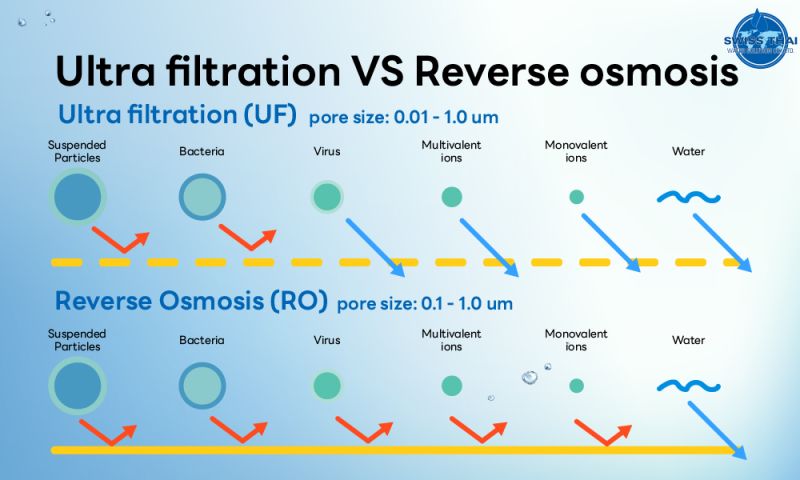
Choosing a water purifier can often be daunting in our homes' quest for clean, pure drinking water. Two popular contenders stand out with many available options: Reverse Osmosis (RO) and Ultrafiltration (UF) systems. These technologies promise to deliver safe and refreshing water, but what sets them apart, especially in residential use?
Understanding the Basics
Before delving into the nuances, let's start with the basics. RO and UF are advanced water purification systems designed to remove impurities, contaminants, and unwanted particles from water. Whether it's eliminating dissolved salts, heavy metals, bacteria, or viruses, these systems aim to provide water that meets stringent quality standards.
The Pore Size Factor
One of the fundamental differences lies in the size of the pores within the membranes of these systems.
- RO: This technology boasts incredibly tiny micropores, so small that they can filter out even the minutest contaminants. These pores are so selective that only water molecules can pass through, leaving behind impurities.
- UF: On the other hand, UF systems have larger pores, typically ranging from 0.01 to 0.1 micrometers. While still effective at removing many contaminants, these larger pores may permit some smaller particles and dissolved substances to pass through.
The Quest for Purity
When it comes to purity levels, RO takes the lead.
- RO: Known for its exceptional purity, RO systems can achieve up to 99% removal rates for various substances. They excel at eliminating dissolved salts, heavy metals, bacteria, viruses, and organic compounds.
- UF: While effectively removing larger particles and molecules, UF systems need to be more thorough in eliminating dissolved ions and smaller contaminants. This makes them ideal for situations where a slightly lower purity level is acceptable.
Membrane Construction
The membranes at the heart of these systems also differ in their composition and structure.
- RO: These membranes are engineered from a thin-film composite and designed with selective permeability. This means they allow only water molecules to pass through while blocking dissolved solids and impurities.
- UF: UF membranes are made of porous materials like polymer membranes. These larger pores work on the principle of size exclusion, physically sieving out suspended solids, colloids, bacteria, and some viruses.
Pressure Requirements and Energy Efficiency
The operational pressures required by these systems can also influence their suitability for residential use.
- RO: Typically, RO systems demand higher operating pressures, ranging from 50 plus pounds per square inch (psi). This high pressure is necessary to force water through the semi-permeable membrane.
- UF: Operating at lower pressures, typically 5 to 50 psi, UF systems are more energy-efficient. This makes them a favorable option for homeowners who are conscious of their energy consumption.
Retaining Essential Minerals
This is an essential consideration for those concerned about their water's mineral content.
- RO: These systems are proficient at removing minerals from water, resulting in lower mineral content in the treated water. While advantageous for specific applications, this can lead to water lacking essential minerals for human consumption.
- UF: These systems retain minerals in the water, preserving its nutritional quality and taste. This makes them a preferred choice for those who value the health benefits of naturally mineral-rich water.
Waste Water Generation
The environmental impact of these systems is also worth noting.
- RO: Because RO systems create two streams (permeate and concentrate), they often generate more wastewater. This can be a concern in areas where water conservation is vital.
- UF: In comparison, UF systems produce less waste water during the filtration process. This makes them a more sustainable option for reducing water wastage.
Application in Residential Settings
Finally, how do these differences translate into everyday residential use?
- RO: These systems are Ideal for households prioritizing absolute purity in their drinking water. They are commonly used for producing purified drinking water and suitable for high-purity water applications, such as pharmaceutical manufacturing.
- UF: With its balance between filtration effectiveness and water conservation, UF finds a place in homes where a slightly lower purity level is acceptable. It's often used as a pre-filter in RO systems, extending the lifespan of RO membranes. Additionally, UF is suitable for applications like wastewater treatment and food processing in residential settings.
Conclusion: Choosing What's Best for Your Home
Ultimately, the choice between RO and UF water purifiers for residential use depends on your needs, preferences, and priorities. RO might be the perfect fit for your home if you value absolute purity and efficient removal of contaminants and are willing to invest in higher operating pressures. On the other hand, UF could be the ideal choice if you seek a more energy-efficient option, want to retain essential minerals in your water, and are mindful of water wastage.
Whichever system you choose, rest assured that both RO and UF technologies are designed to elevate the quality of your home's drinking water. By understanding these differences, you can make an informed decision that aligns with your family's health, lifestyle, and environmental values. So, here's to raising a glass of refreshing, clean water in the comfort of your own home!




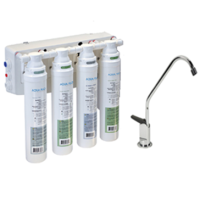


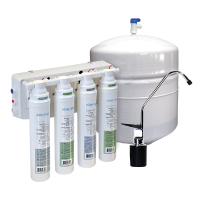

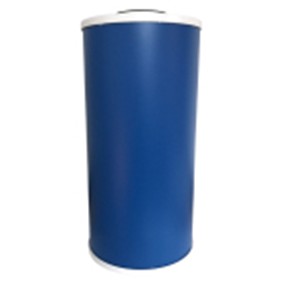
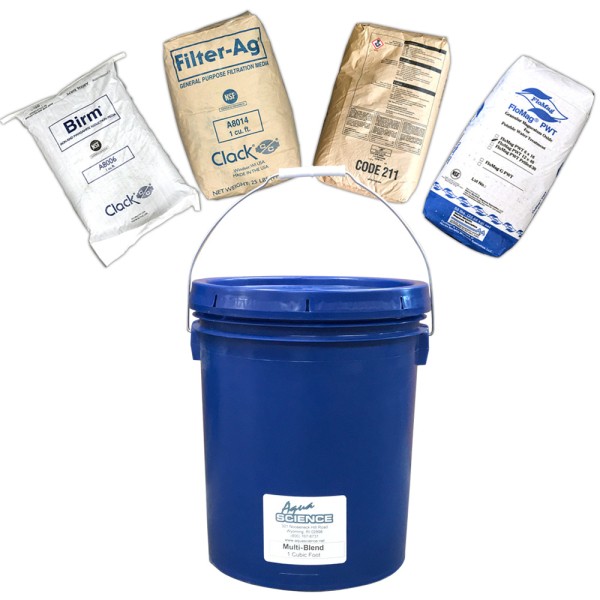
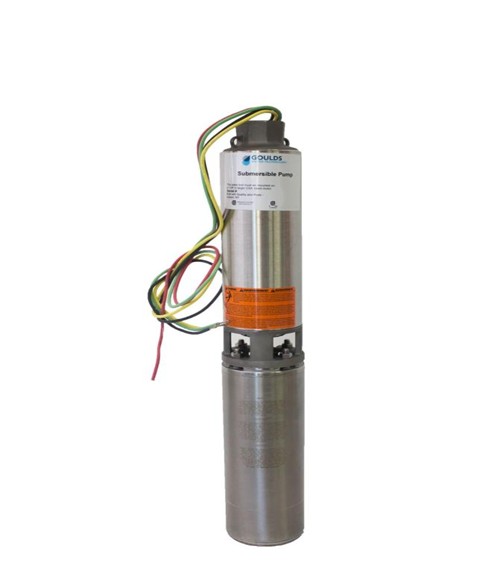

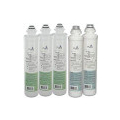
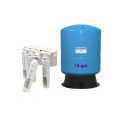

Validate your login